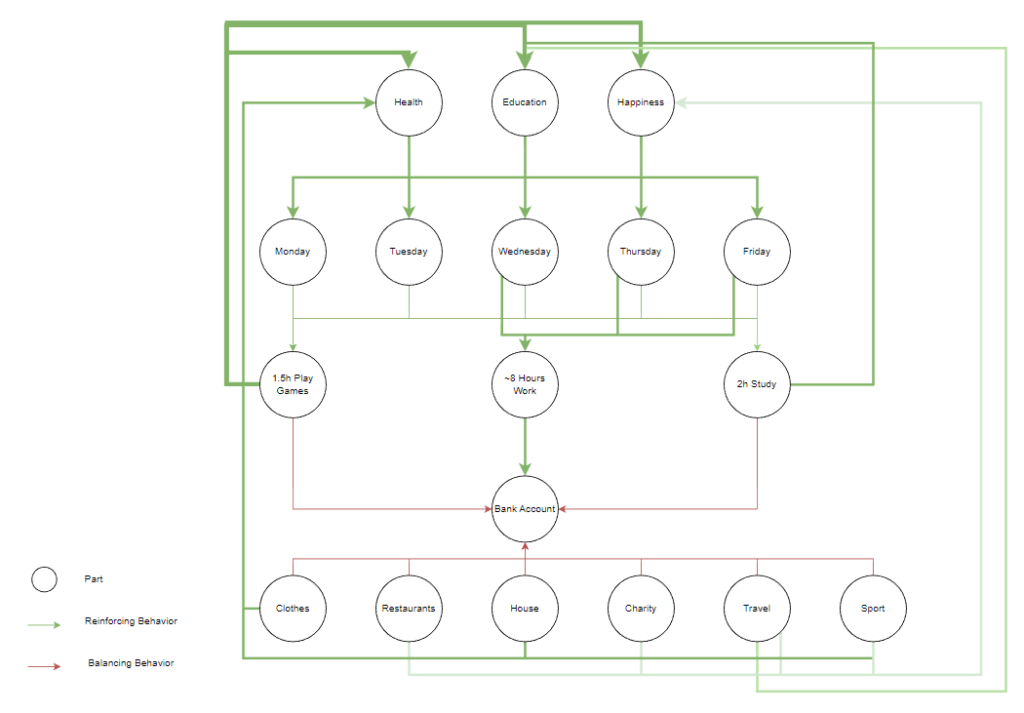Dear junior,
One of those moments of radical change has arrived in our sector. I think you too have seen a beautiful image or a surprisingly well-written text. You will certainly have noticed that artificial intelligence algorithms have learned to generate content that is indistinguishable from human content.
I think we are ahead of a revolution, like the one that happened years ago with the arrival of 3D technologies. The revolution will inevitably involve the world of game development.
Not only do these tools allow for quick content generation, but they also learn from all the people who are entering their prompts. It is likely that in a short time the AI will optimize also the creative part of writing prompts.
There have been abuses in my opinion. Developers trained these systems with content taken from the web, without the consent of the people who generated them. Think of everything you’ve written on the Internet, think of all the articles, think of all the images posted on the most famous sites. Someone took all these images, codes, and texts and fed the algorithm which is now able to accurately imitate even the style of concrete people. I don’t know if this thing will be punished sooner or later. However, “the omelet is done”, as we say in Italy, and now these tools are there.
What does this mean to you?
The goal is human replacement
First of all, this technology has the main goal of replacing humans in certain activities. Those tools are capable to be faster of any artistic process. However, nothing can replace a human being. Our learning capacity is far superior to any existing mainframe. We are already quite capable, almost instinctively, of recognizing most AI-generated art. Did you noticed that? In the case of video games, one of the things that drive people all over the world to play games is the chance to see something created by other people.
This admiration surprises us, we like to talk about it with friends and online. “Have you seen the new God of War? They did an incredible job!”. It’s not God of War itself that surprises us as a game, it’s the thought that there are people who have been able to do this that creates a market. Games entirely made by AI will never have a big market, don’t worry. There will probably appear some pantomime of a game. And maybe someone will get rich thanks to that. But it will never be a big market, that’s my bold prediction.
Less bullshit jobs available
The second point is that surely someone will think about hiring fewer inexperienced people. In fact, many junior professionals are hired to support seniors in smaller tasks. Think of an RPG, maybe there are secondary characters in a city that the Players will visit. These characters will have barks to say, and these barks are usually left to junior writers. It will probably be possible to automate this process using AI. So that, it will so no longer be necessary to have a junior person who writes these contents. It will be enough to have only one person who will edit things already written by a machine.
However, studios will always need senior staff. And senior people inevitably have to go through the junior stage. It is convenient for the studios to also hire juniors so that one day they will become seniors. There will be less work, that’s for sure. If a company thinks of just automating, it means that that company doesn’t appreciate the value of human imagination. It means you won’t get that job, but that job was probably a bullshit job. You saved yourself a problem, believe me. My advice? Learn the techniques of your profession while also taking into account these new technologies. Be confident in your creative personality, but show that you also dominate these technologies.
We are afraid of The Terminator
The last point is that we don’t really know what will happen with all this. We can assume that the professional world will never be the same again. But we don’t know, maybe next week we discover a big scandal involving these new technologies. Maybe we will have proofs that someone stole intellectual property content from the web. As a result, regulators will shut down all these technologies. The world sometimes changes in a matter of a few hours. And this happens to us too! Therefore, when something really surprises us, the first reaction is defense. We think we’re going in the wrong direction, and maybe we’re even dramatic at times. Our defense mechanisms are also unpredictable. My final advice, therefore, is to accept the beauty of our nature as it is. Let all innovation amaze us, don’t be afraid of anything. ‘Cause none of them can stop the time, as someone said.

